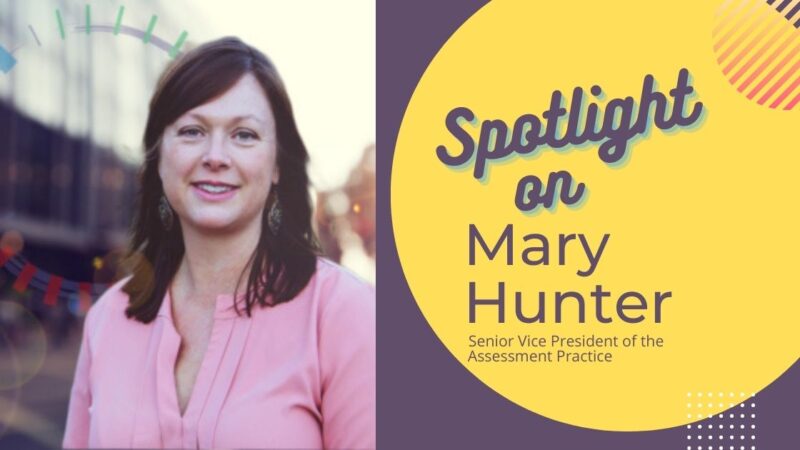Helping Leaders Embrace Change
August 14, 2022
Do we demonize leaders too much in business today? Some would say yes, including the hosts and guests on a recent episode of the Becoming Inclusive podcast. Frequent guest and Kaleidoscope Group Executive Consultant Brian Johnson joined Reggie and Kat to talk about the important role leaders play in launching and sustaining a meaningful diversity, equity, and inclusion strategy.
The three concluded that patience is needed to realistically implement DEI strategies. Brian stressed that point repeatedly, at one point even saying he refers to it as “aggressively patient” when it comes to employee-employer relationships. That may seem a bit of a mixed message but the point he was stressing was that people should not have an expectation that change occurs overnight. It really is a journey and the finishing line often isn’t clear and shifts as society evolves.
Empathy for Leadership
There’s a real demand for greater diversity, equity, and inclusion across much of the globe today. And of course, there are several barriers that we need to overcome. But is it fair to really expect legacy companies, or startups for that matter, to change the culture and drive diversity in a year or two? Perhaps not. Consider that leaders’ first priority is the survival and growth of the business or the organization. As they build the organization they will likely hire people that are most familiar to them, most culled from their professional networks. And yes, these people often look similar and have similar backgrounds.
Expanding on that known network of colleagues can be a real challenge for leaders as individuals—just like it is for each of us. We all demonstrate some degree of resistance to change because that’s just a reality of the human condition. So leaders deserve the same “space” to grow and change over time that the rest of us deserve.
How We Can Help Leaders Adapt
The first thing we can do to help leaders change and adapt to new workplace expectations is to fully understand the organization’s current situation. To accomplish this leadership should commit to a transparent and rigorous assessment to clearly identify the areas where they need to focus their DEI efforts. If necessary, it’s a good idea to ask a third-party independent assessor to help to ensure greater validity. Once you know where you are it’s easier to plan where you’re going. For instance, f the C-Suite is too homogenous, succession planning becomes an important priority. However, it also means that the pipeline needs to be primed with professional development programs designed to build a diverse and capable roster of new leaders. And that takes patience! Leaders are not built overnight either.
As an intentional DEI plan is developed, plan for “hiccups” along the way. Mistakes will be made and resistance is more than likely. It’s imperative that leaders and employees maintain two-way communications that are as unfiltered as possible. Will there be frustrations that change is happening quickly enough? No doubt about it. So, it’s a good idea to communicate any successes you experience on the journey; as well as admit where you’re falling short.
And finally, to sustain the efforts keep your end goals in sight but be willing to adapt strategies along the way to create a more direct path to the end state you want to see. We can certainly anticipate pitfalls we may experience but there will always be unknown factors that impact the journey. When this occurs, we don’t just throw in the towel—rather that presents an opportunity to bring stakeholders together to address the issue. So in short, the concept of being aggressively patient but unwaveringly committed is the way to help leaders evolve with empathy, understanding, data, and information that reinforce DEI as a winning business strategy.


